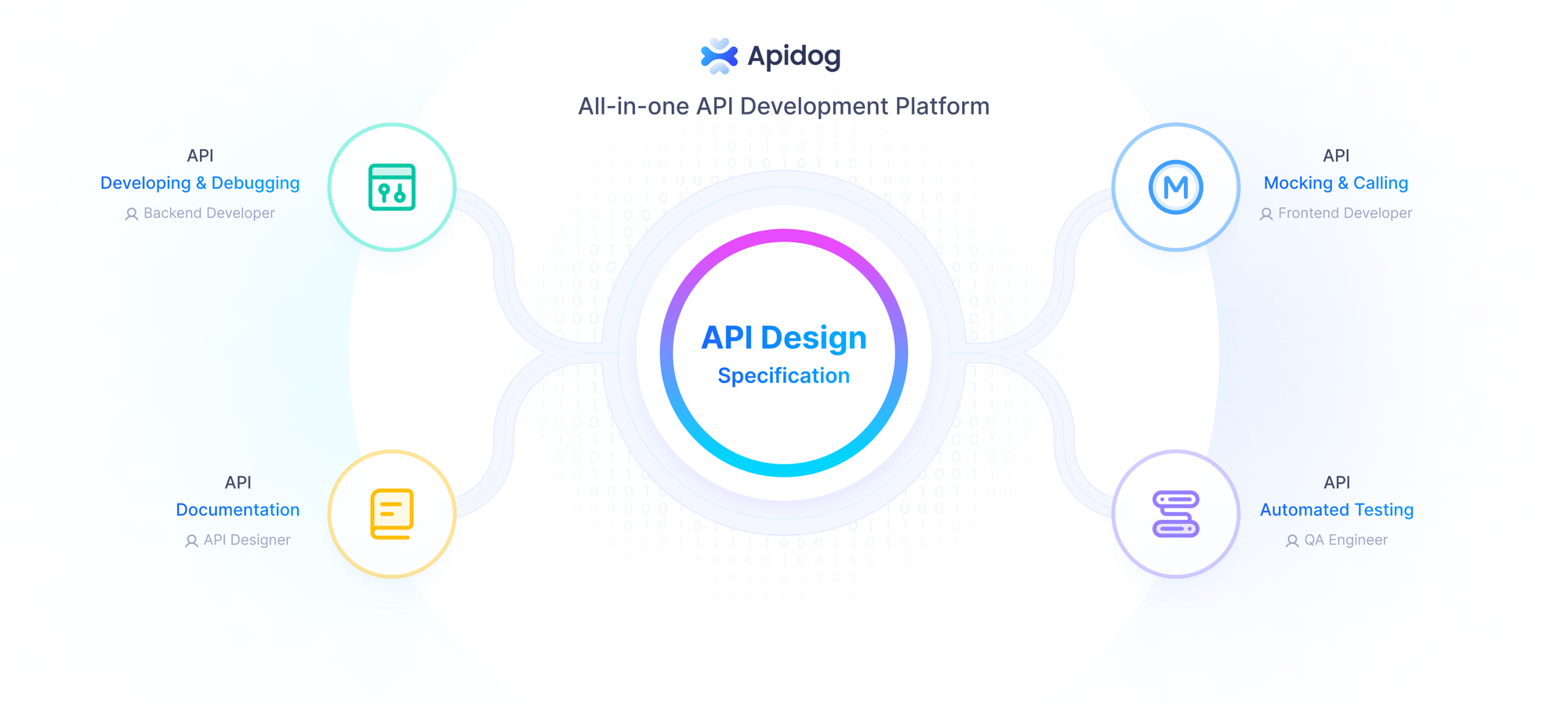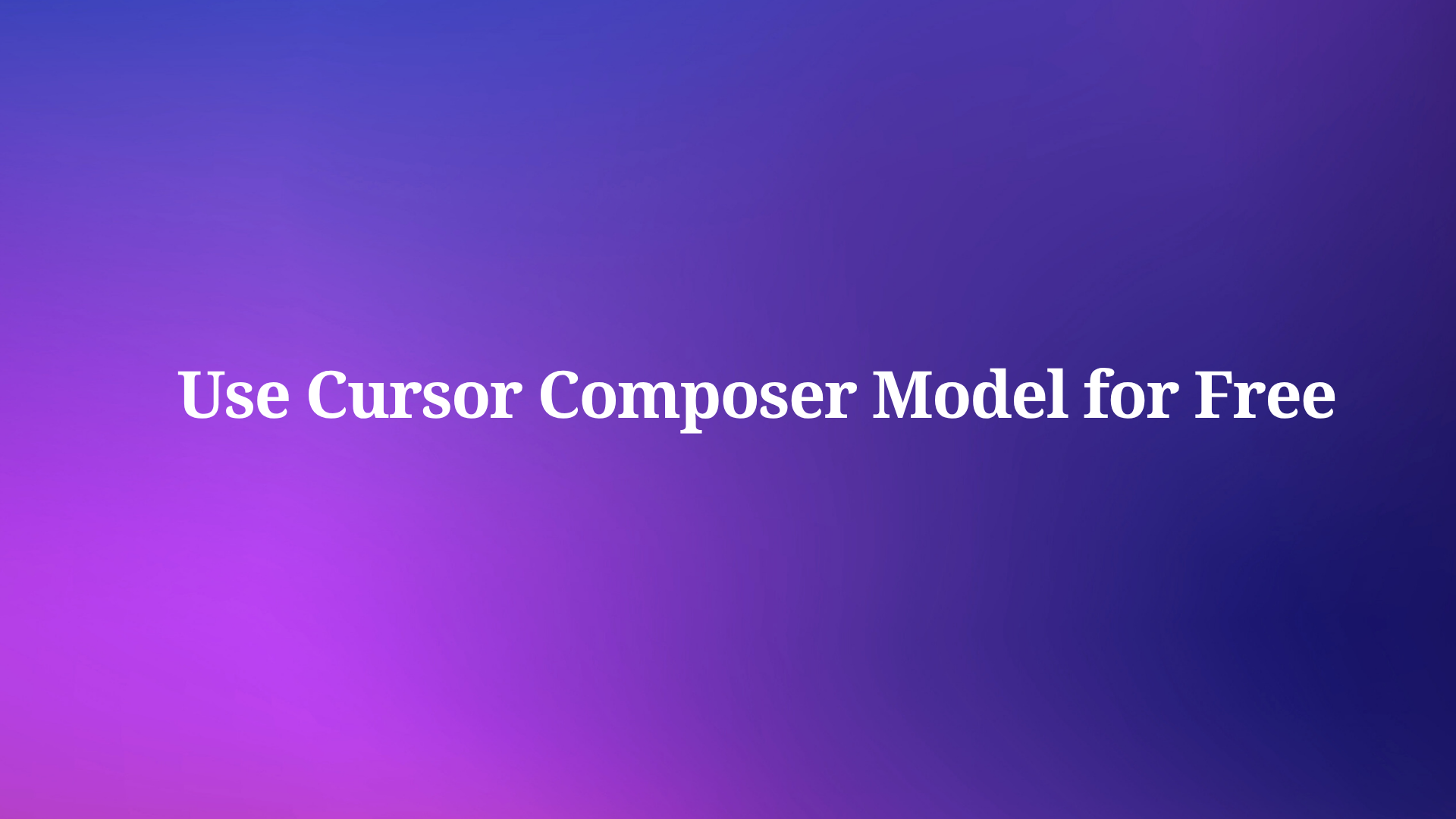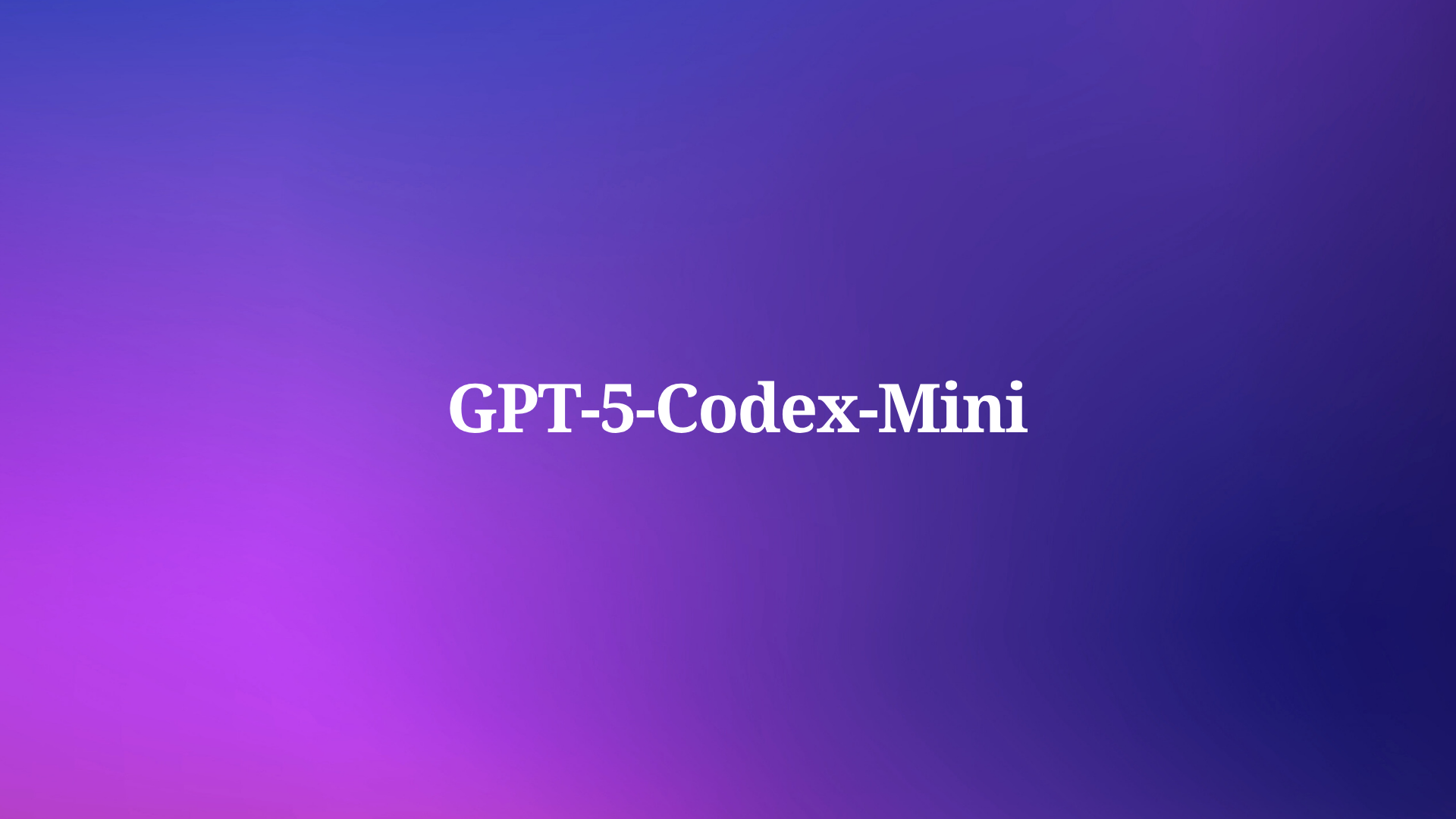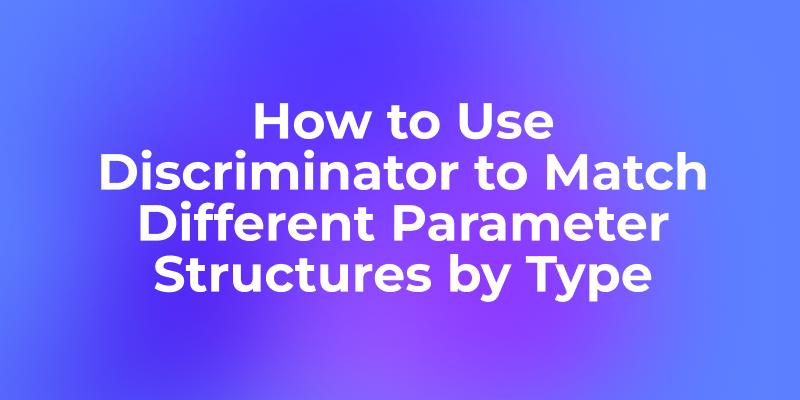Cursor Composer transforms how developers approach coding tasks. This mixture-of-experts (MoE) model delivers frontier performance on benchmarks while generating outputs four times faster than comparable systems. Engineers rely on it for interactive software development, maintaining flow during complex projects. As teams adopt AI-driven tools, Cursor Composer stands out for its reinforcement learning (RL) foundation, optimized for real-world codebases. Additionally, developers enhance their productivity by combining it with complementary platforms.
Engineers often seek ways to incorporate advanced AI without high costs. Cursor Composer, built by the Cursor team, addresses this need through accessible options. Users activate its agent capabilities within the Cursor IDE, enabling tasks like code editing and semantic search. However, accessing premium features typically requires a subscription. Fortunately, several strategies allow free usage, from official tiers to community-driven solutions. These methods empower individuals and small teams to experiment with cutting-edge technology.
What Is Cursor Composer? A Technical Overview
Cursor Composer represents a specialized AI agent for software engineering. The Cursor team developed it as an evolution from prototypes like Cheetah, focusing on speed and intelligence. It achieves this through a MoE architecture, where multiple expert networks handle specific tasks. This design reduces computational overhead, enabling rapid inference.

Technically, the model supports long-context generation, processing extensive codebases without truncation. It integrates tools like semantic search, grep operations, and terminal execution. During RL training, Cursor Composer learns to prioritize efficient behaviors. For instance, it avoids unsubstantiated claims and focuses on verifiable actions. Trainers use PyTorch and Ray for asynchronous scaling, deploying across thousands of NVIDIA GPUs.
Low-precision training with MXFP8 kernels further boosts performance. Expert parallelism and hybrid sharded data parallelism minimize communication costs. As a result, inference occurs without post-training quantization, preserving accuracy. Developers experience this in the Cursor Agent harness, where the model calls tools dynamically.
Benefits of Using Cursor Composer in Development Workflows
Developers gain substantial advantages from Cursor Composer. It enhances productivity by automating repetitive tasks. For example, the model generates code edits based on natural language prompts, reducing manual effort. Additionally, its speed maintains developer flow, preventing interruptions from slow responses.
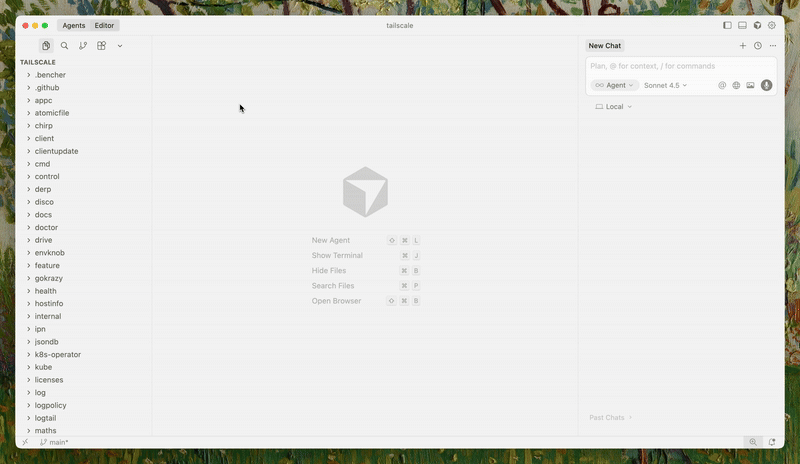
Another key benefit involves tool integration. Cursor Composer accesses production-level utilities, enabling realistic simulations. Users run commands in sandboxed environments, testing changes safely. This feature proves invaluable for large repositories, where manual navigation consumes time.
Furthermore, RL optimization ensures high-quality outputs. The model learns from feedback loops, improving over iterations. It minimizes errors by incorporating unit tests and linter checks. Consequently, code quality rises, leading to fewer bugs in production.
Teams also appreciate the collaborative aspects. Cursor Composer integrates with platforms like GitHub for PR reviews. Developers share AI-generated insights, fostering knowledge transfer. In API development, it pairs well with tools like Apidog, which manages endpoints efficiently.
How to Access Cursor Composer for Free: Step-by-Step Methods
Accessing Cursor Composer without cost requires strategic approaches. The following methods draw from community practices and official options. Implement them carefully to avoid disruptions.
Method 1: Leverage the Official Free Tier
Cursor offers a no-cost entry point for basic usage. Download the IDE from the official site. Install it on your system—Windows, macOS, or Linux. Skip subscription prompts during setup.
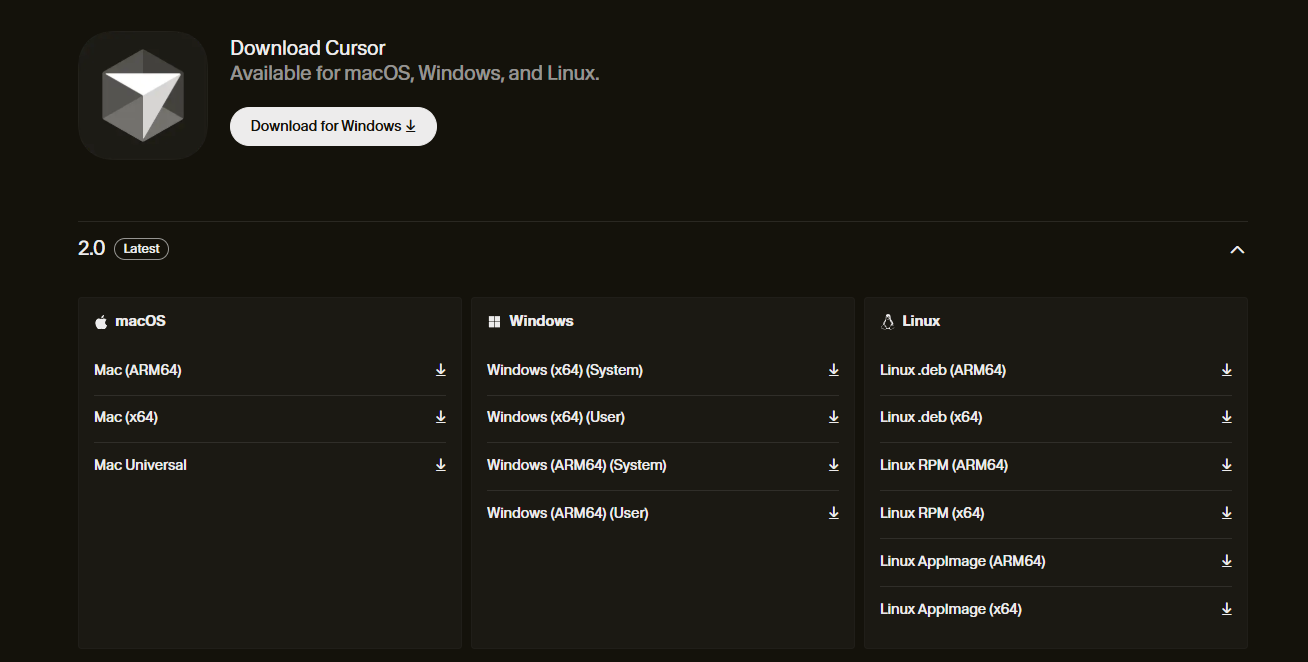
Open a project folder. Create a new file or import existing code. Activate AI features via shortcuts like Cmd+K for edits. The free tier provides autocomplete suggestions and error detection.
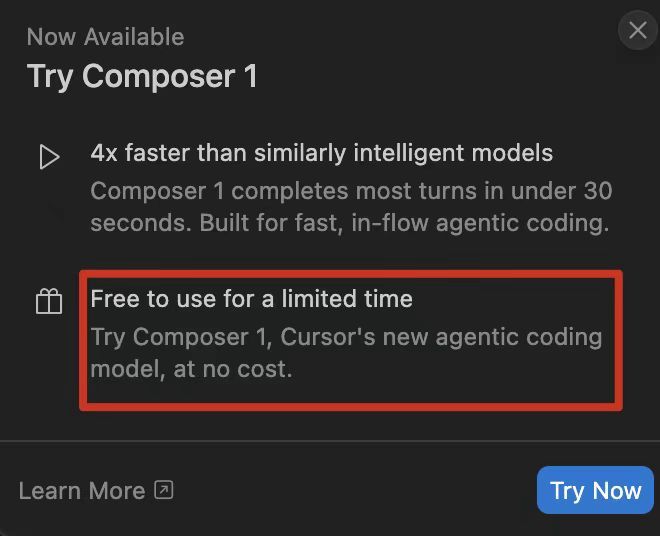
To maximize this, focus on small-scale projects. Pair it with free resources like GitHub Codespaces for extended sessions. This method complies with terms, ensuring sustainability. However, for unlimited access, explore further options.
Method 2: Reset the Pro Trial Using Dedicated Tools
Trial resets extend premium features, including full Cursor Composer capabilities. Use the Go-Cursor-Help tool from GitHub. Download the repository and follow OS-specific instructions.
For macOS or Linux, open Terminal. Run installation commands to set up the binary. Log out of Cursor and terminate all processes. Execute the tool to replace the machine identifier. Locate the storage.json file in the app data directory. Update keys like telemetry.macMachineId and telemetry.machineId with generated values.
Restart Cursor and log in. The system recognizes a new device, resetting the trial. This grants access to advanced agents, long-context processing, and unlimited queries. Repeat as needed, but monitor updates that might patch this.
Technically, this alters local identifiers without network intrusion. It leverages app architecture for extended evaluation. Use a fresh email if authentication issues arise.
Method 3: Bypass Membership with Free VIP Scripts
Community scripts provide another avenue. Obtain the Cursor Free VIP tool from GitHub. Install via PowerShell on Windows or Terminal on other platforms.
Log out of Cursor. Run the script commands to inject modifications. Restart the application. Switch to models like GPT-4O-mini for optimal speed.
This approach unlocks Pro features, enabling full Cursor Composer usage. It supports mode toggles for slow or fast responses, adapting to hardware. The script modifies internal flags, simulating subscribed status.
Exercise caution, as it may violate terms. Test in a virtual environment first to assess compatibility.
Technical Deep Dive: How Cursor Composer Works Under the Hood
Delve into Cursor Composer's internals for deeper appreciation. The MoE framework divides tasks among experts, activating only relevant ones. This sparsity cuts compute, achieving 4x speed gains.
RL training involves policy gradients on engineering problems. The model receives rewards for efficient solutions, learning to parallelize tool calls. For example, it searches semantically while grepping patterns concurrently.
Infrastructure relies on cloud sandboxes. Hundreds of thousands run in parallel, mimicking production. The Cursor Agent harness standardizes tool APIs, ensuring consistency.
Precision techniques like MXFP8 enable native low-bit training. This avoids quantization artifacts, maintaining fidelity. Scaling uses Ray for orchestration, handling asynchronous updates.
In usage, developers observe bursty inference. The system schedules VMs dynamically, optimizing for interactivity. Benchmarks confirm frontier performance, with Cursor Bench scoring on real requests.
Understanding these elements helps users craft better prompts. Specify tools explicitly to guide the agent, enhancing outcomes.
Integrating Cursor Composer with Apidog for Enhanced API Development
Apidog complements Cursor Composer in API workflows. Download Apidog for free to manage designs and tests.
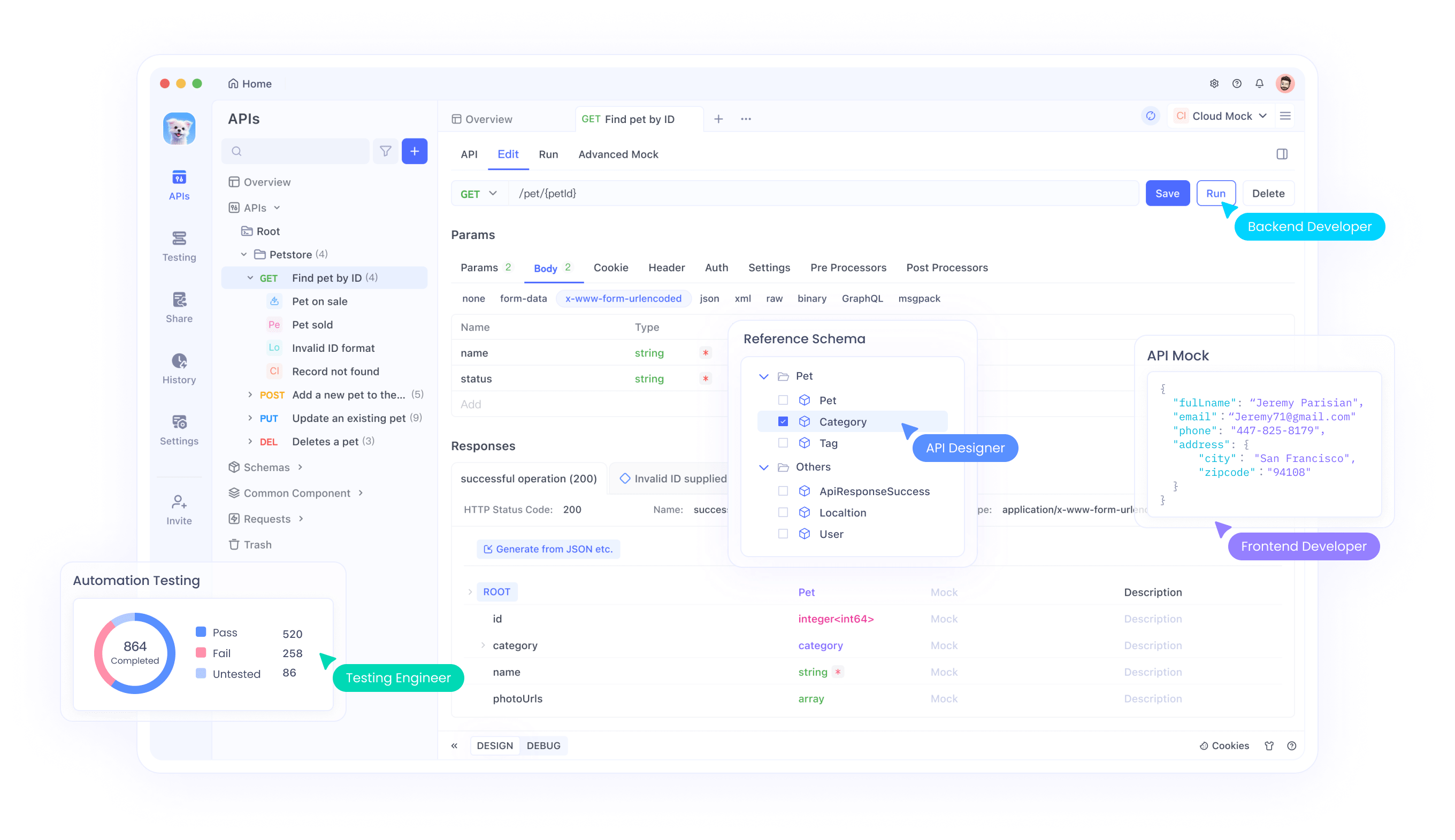
Generate API code with Cursor Composer. Import into Apidog for mocking and documentation. This synergy streamlines development.
Apidog's features include automated testing and collaboration. Use them alongside Cursor Composer's agents for end-to-end efficiency.
For instance, Cursor Composer creates client code. Apidog verifies server responses, catching discrepancies early.
This integration amplifies productivity. Developers handle complex systems with ease, focusing on innovation.
Best Practices for Maximizing Cursor Composer Efficiency
Optimize usage with targeted strategies. Craft clear prompts, detailing desired outcomes.
Leverage tools judiciously. Specify searches to avoid overhead.
Monitor performance. Switch modes for balance between speed and accuracy.
Combine with version control. Commit AI edits for review.
Stay updated on releases. New versions enhance RL behaviors.
These practices ensure consistent results. Incremental adjustments make substantial differences.
Conclusion
Cursor Composer empowers developers with free access options. Implement the methods outlined to harness its power. Complement with Apidog for comprehensive workflows—download it free today.
By adopting these tools, engineers elevate their craft. Small steps lead to profound advancements.
